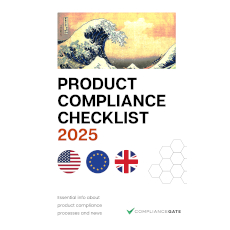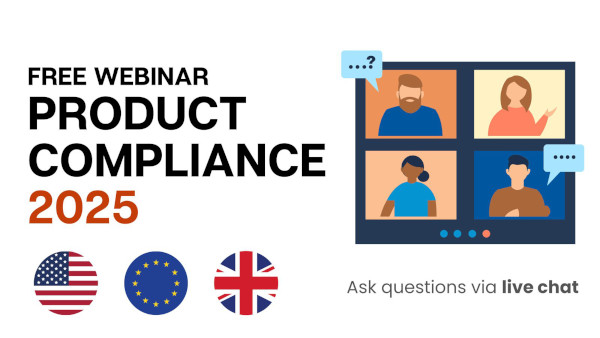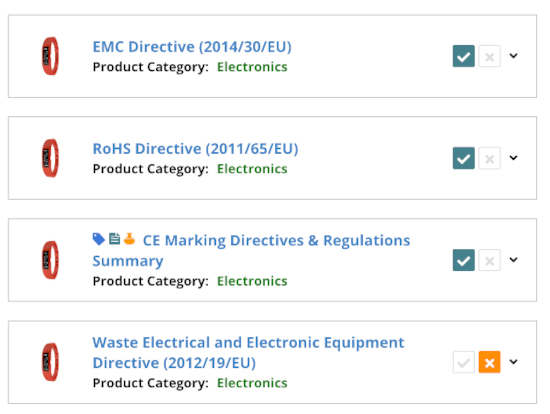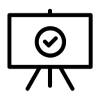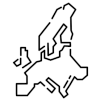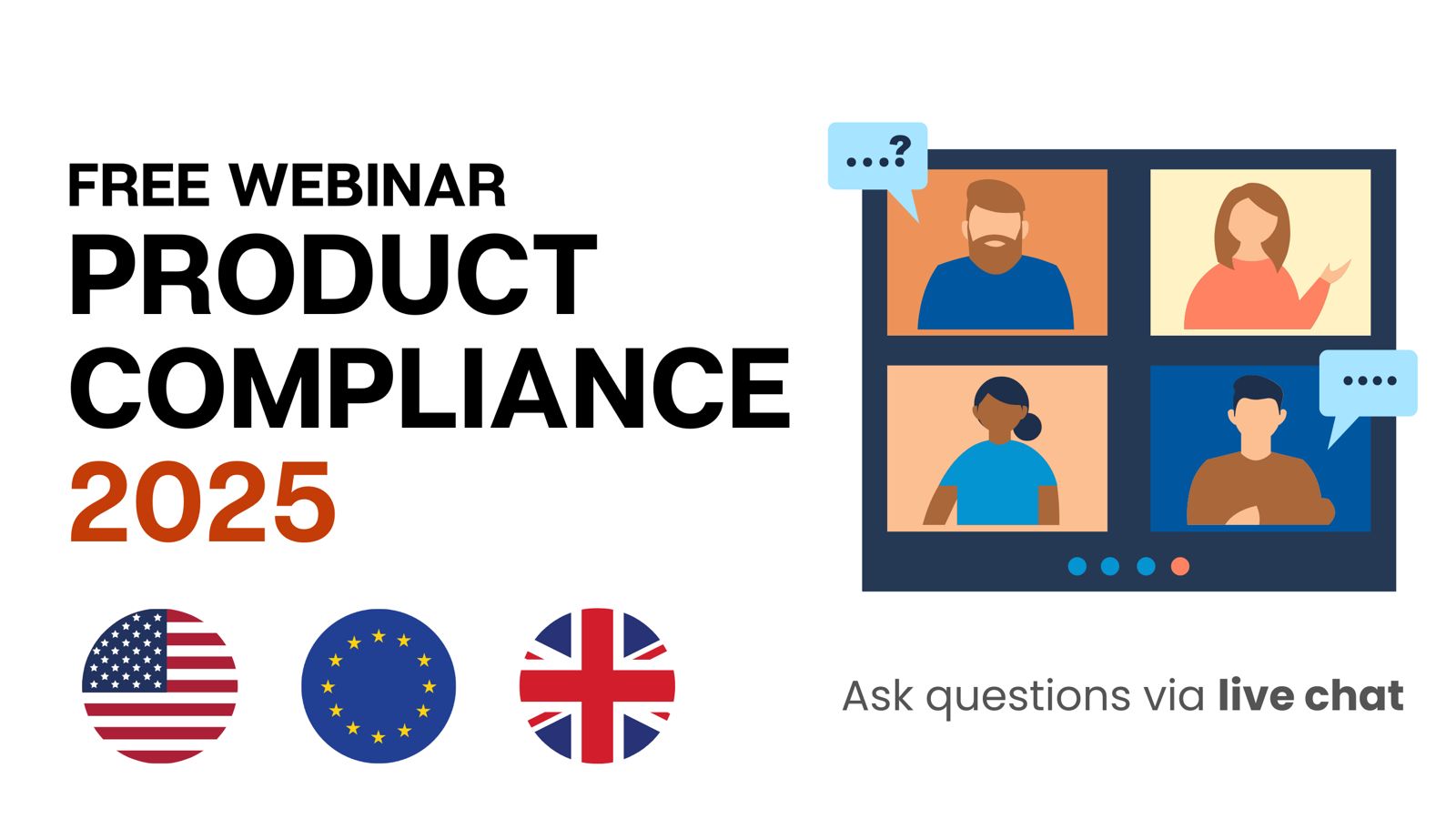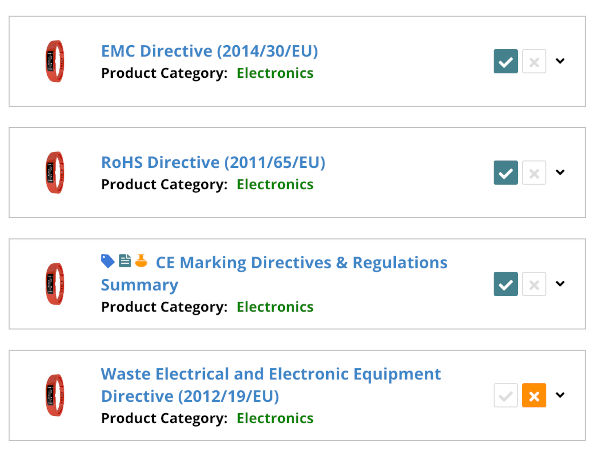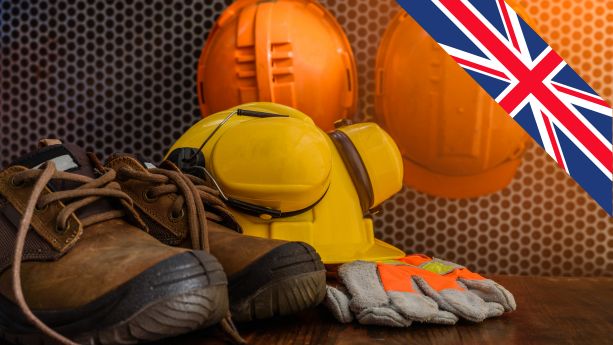
Personal protective equipment sold in the United Kingdom should comply with various regulations, safety standards, and other requirements. Non-compliant PPE may not adequately protect the user – for instance, helmets that break easily may not protect motorcyclists and construction workers from head injuries, which may lead to severe injuries.
In this guide, we explain how regulations such as the Personal Protective Equipment Regulation (EU) 2016/425 and the General Product Safety Regulations 2005 apply to personal protective equipment sold in the United Kingdom.
Note: This article does not cover requirements for Northern Ireland, which is generally aligned with EU product safety requirements.
Content Overview

FREE CONSULTATION CALL (US, EU & UK)
- Request a free 30-minute call with Ivan Malloci to learn how we can help you with:
- Find product requirements
- Certification and labeling
- Lab testing
Personal Protective Equipment Regulation (EU) 2016/425
The Personal Protective Equipment Regulation (EU) 2016/425 establishes requirements for designing and manufacturing personal protective equipment (PPE) for sale in the United Kingdom. PPE is defined as equipment designed for people to wear or hold to protect them from health or safety risks.
Note that the requirements in this guide concern the UK version of the regulation, which was assimilated from the EU PPE Regulation. Although the two regulations are similar, there are important differences.
This regulation covers various types of PPE, such as:
- Personal fall protection equipment (e.g. lanyards)
- Hearing protectors (e.g. earmuffs)
- Safety helmets
- Protective gloves
- Personal flotation devices (e.g. lifejackets)
The regulation generally requires:
a. Product testing and compliance with designated standards
b. Provision of technical documentation, Declaration of Conformity, and user instructions
c. Provision of traceability information (e.g. manufacturer name, product batch) and adequate marking (e.g. UKCA marking)
PPE categories
There are three risk categories of PPE that are based on the level of risk that the PPE protects you from:
a. Category I PPE protects you from minimal risks, such as prolonged contact with water or slight mechanical injuries
b. Category II PPE protects you from risks not listed in Category I and III
c. Category III PPE protects you from risks (e.g. damage to health, or death) such as falls from heights or drowning
You can find the full list of categorical risks in Annex I of the regulation.
Conformity assessment procedures
PPE that falls under different risk categories must undergo different conformity assessments. Specifically:
a. Category I PPE should undergo the Module A conformity assessment procedure specified in Annex IV (internal production control).
b. Category II PPE should undergo the Module B conformity assessment procedure specified in Annex V (type-examination), followed by the Module C conformity assessment procedure specified in Annex VI (conformity to type based on internal production control).
c. Category III PPE should undergo the Module B conformity assessment procedure, and either the Module C2 conformity assessment procedure specified in Annex VII or the Module D conformity assessment procedure specified in Annex VIII.
Approved bodies
The regulation defines an approved body as a conformity assessment body that the Secretary of State has approved for carrying out conformity assessment activities. You need to hire an approved body in order to carry out:
a. The Modules B and C conformity assessment procedures on your Category II PPE.
b. The Module B and either the Module C2 or Module D conformity assessment procedures on your Category III PPE.
Designated standards
You should use standards that are designated under the regulation to demonstrate that your PPE complies with the regulation safety requirements, when such standards exist. Here are some examples of designated standards that apply to various types of PPE:
EN 136 – Respiratory protective devices – Full face masks – Requirements, testing, marking
EN 352-1 – Hearing protectors – General requirements – Part 1: Earmuffs
EN 361 – Personal protective equipment against falls from a height – Full body harnesses
EN 397 – Industrial safety helmets
EN 1938 – Personal eye protection – Goggles for motorcycle and moped users
Documentation
Here we list the key regulation documentation requirements.
| Title | Description |
| Declaration of Conformity | The regulation mandates that you provide a Declaration of Conformity, which must contain the items listed in Annex IX. |
| Technical documentation | You need to provide with your product the technical documentation, which should contain the items listed in Annex III of the regulation. |
| User instructions | The regulation requires you to provide instructions with your product that contain information regarding the items listed in Annex II. |
| Test report | You need to get your PPE tested and obtain a valid test report. |
Labelling Requirements
Here we explain the regulation’s labelling requirements.
| Title | Description |
| UKCA marking | 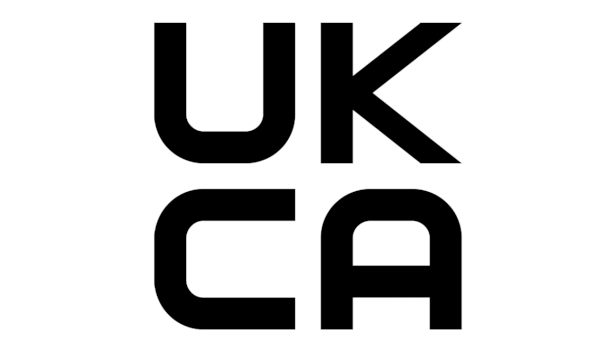
The UKCA marking indicates the product’s compliance with the requirements of the regulation. The regulation mandates the permanent affixation of the UKCA marking to the PPE or to its packaging and accompanying documents, such as the instruction manual. |
| CE marking | 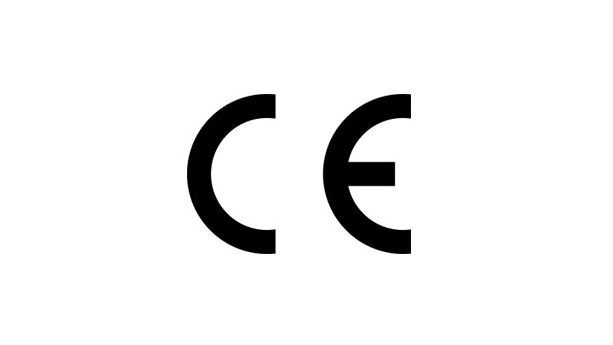
The UK indefinitely accepts the CE marking for PPE, which can be used instead of the UKCA marking, as you long as your product complies with the CE marking requirements for PPE. |
| Product traceability | The regulation requires manufacturers to provide the following traceability information on their PPE:
Manufacturers may alternatively place this information on the packaging or an accompanying document. |
The Personal Protective Equipment (Enforcement) Regulations 2018
The enforcement regulations set rules to ensure that the importers and manufacturers comply with the requirements of the Personal Protective Equipment Regulation (EU) 2016/425 in the UK.
They cover:
- A list of offences (e.g. providing false information to an authority)
- Penalties (e.g. fines)
- The requirement to recall unsafe and non-compliant PPE from the market
General Product Safety Regulations 2005
The General Product Safety Regulations 2005 set safety requirements for consumer products regarding aspects not covered by other regulations. In this case, the regulations could cover some safety aspects of PPE that are not covered by the PPE Regulation. Additionally, it may cover products that may not be defined as PPE under the UK PPE Regulation, but that are still related to it. For example, the regulations reference standards for paragliding equipment.
Companies should generally:
a. Make sure that the products conform to safety standards and are safe for consumers to use
b. Provide consumers with product-specific instructions and warnings
c. Permanently affix traceability information onto the product or its packaging.
Referenced standards
If possible, you should use product-specific referenced standards to make sure your product complies with the requirements of the regulations. Here are two examples of referenced standards that cover products may be related to some types of PPE:
EN 12491 – Paragliding equipment – Emergency parachutes – Safety requirements and test methods
EN 1651 – Paragliding equipment – Harnesses – Safety requirements and strength tests
Note that when referenced standards do not exist for your product, you can still use other standards, such as BS EN standards, or UK national standards, to ensure product compliance. You can find standards on the British Standards Institution’s website.
Documentation
Here we list the documentation requirements for the General Product Safety Regulations 2005.
| Title | Description |
| User instructions | Instructions for the product’s assembly, installation, maintenance, use and disposal should accompany the product. |
| Test report | A valid test report allows you to prove compliance with the safety requirements of the regulations. |
Labelling Requirements
Here we list the regulation’s labelling requirements.
| Title | Description |
| Product traceability | Your should provide traceability information on your product or its packaging. This information should contain:
|
| Warning labels | The regulations require the clear and readable provision of warning markings with the product, when necessary, so that the user is warned of the risks associated with the product. |
REACH Regulation (EC) 1907/2006
The REACH Regulation (EC) 1907/2006 establishes restrictions on substances used in consumer products, including PPE. The UK version of the regulation is based on the EU REACH. The two regulations may have differences, such as the list of restricted substances.
Note that the REACH Enforcement Regulations 2008 establish rules to ensure compliance with the requirements of the REACH Regulation (EC) 1907/2006 in the United Kingdom. They also detail various offences and penalties for non-compliance.
Restricted Substances (Annex XVII)
Annex XVII contains a list of restricted substances, such as:
a. Azocolourants and Azodyes, which is restricted in apparel, footwear, gloves, and other products
b. Dioctyltin, which is restricted in footwear, among other products
c. Polycyclic-aromatic hydrocarbons (PAH), which are restricted in plastic and rubber
UK REACH Candidate List
The UK REACH Candidate List contains substances of very high concern (SVHCs) that may be present in the materials used to manufacture PPE, such as textiles and plastics. This includes, for example, some types of phthalates.
If your product contains listed substances in concentrations above 0.1% by weight, you may need to submit a notification to the UK’s Health and Safety Executive.
Lab Testing
You should get your PPE tested to prove they comply with the regulations and standards that cover your product. Some regulations, such as the Personal Protective Equipment Regulation (EU) 2016/425, mandate that you get your products tested. Other regulations may not explicitly require product testing, but you should still get your products tested out of practical necessity to ensure product compliance.
If your product passes testing, you should receive a test report proving that your product complies with the applicable regulatory requirements.
Approved Bodies for PPE
You need to get a conformity assessment procedure performed by a third-party approved body in the UK for Category II and III PPE. Here we list several examples of approved bodies:
- Centrocot UK Ltd
- Certdolomiti Ltd
- SGS United Kingdom Limited
- TUV SUD BABT UNLIMITED
- CCQS UK LTD
You can more approved bodies on the GOV.UK website.
Additional Requirements
Here we list additional regulations that may also affect some types of PPE.
| Regulation | Description |
| Textile Labelling and Fibre Composition Regulation (EU) 1007/2011 | Some forms of personal protective equipment may contain or be made of textiles, such as oven gloves, sleeve protectors, and life jackets. In general, products containing a minimum of 80% by weight of textile fibres need to comply with this regulation’s fibre content labelling requirements (e.g. 100% cotton).
Note that the Textile Products (Labelling and Fibre Composition) Regulations 2012 provides enforcement provisions for the Textile Labelling and Fibre Composition Regulation (EU) 1007/2011. |
| Persistent Organic Pollutants Regulation (EU) 2019/1021 | This regulation restricts persistent organic pollutants. Some PPE may contain persistent organic pollutants. For example, PFOA may be used in textiles that repel water and oil to protect workers from the risks of dangerous liquids.
The Persistent Organic Pollutants Regulations 2007 provide enforcement provisions for the Persistent Organic Pollutants Regulation (EU) 2019/1021. |


